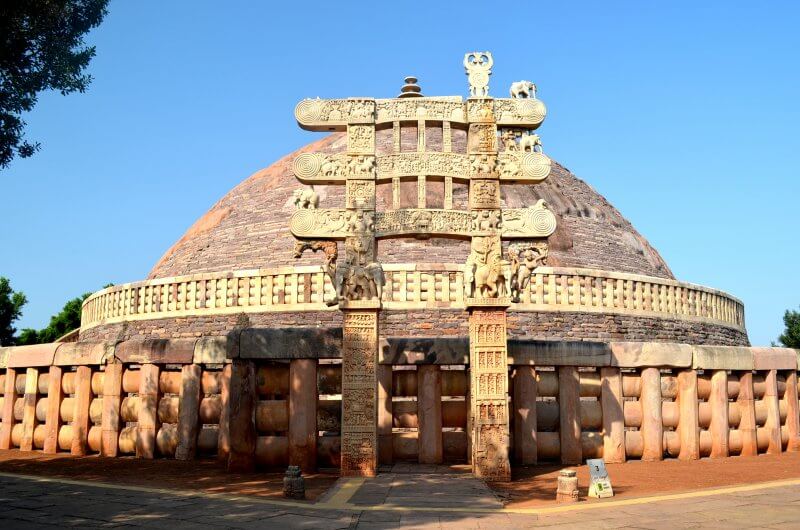The Great Stupa at Sanchi is one of the most prominent cultural and historical monuments in India, attracting the attention of travelers from all over the world. A huge stone mound, designed by the Buddha himself, has been preserved and has come down to our days almost unchanged.
General information
Sanchi is a small village located in the central state of Madhya Pradesh, 46 km from its administrative center, Bhopal. It is famous for a large number of monuments of early Buddhist architecture, the most outstanding of which is the Large Stupa, built in the III century BC by order of the ruler Ashoka. Being a visual symbol of the Wheel of Dharma, it became not only the first Buddhist sanctuary in the world, but also served as a prototype for all subsequent temples erected in honor of the famous spiritual master.
In the second century BC, at the beginning of the Shung dynasty, the Great Stupa at Sanchi was almost completely destroyed. Over time, the temple was not only restored, but also significantly increased in size. After such transformations, the old brick mound ended up inside the stone one, which reaches a height of 17 m and a diameter of at least 36 m. Over the following years, the monument went through several more changes-2 huge columns and 4 stone gates appeared next to it, replacing a dilapidated wooden fence.
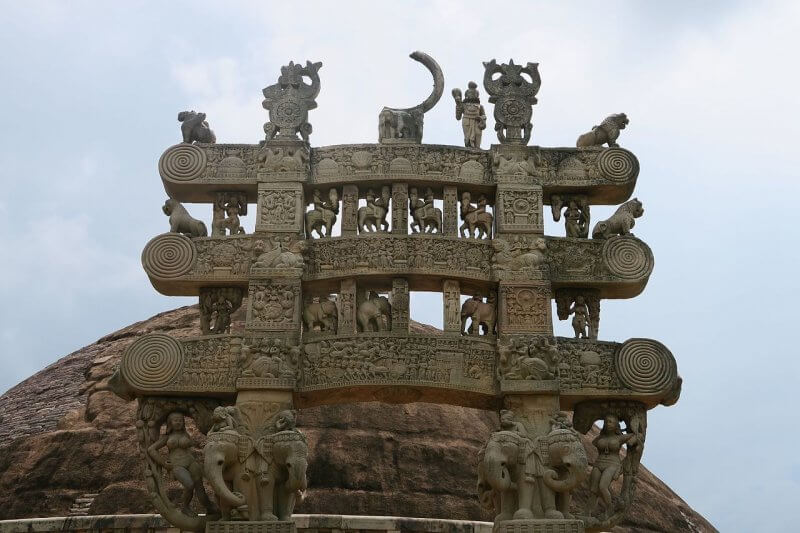
Sanchi continued to be the largest center of Buddhist culture until the 12th century, but once Islam was established in central India, all Buddhist shrines began to decline. Along with them, the village itself was emptied – by the end of the century it was completely drowned in sand and bushes. Perhaps we would never have known about the village itself or the temples it contains if it hadn’t been for General Taylor of the British Army, who happened upon the site in late 1819. After another 100 years, a museum was installed here, and in 1989 all the village attractions were included in the UNESCO List.
Stupa Architecture
The great Stupa in Sanchi is a huge stone hemisphere, devoid of any internal premises, but storing in its bowels the main relic of Buddhism – the sacred remains of the Buddha himself and several other things related to his activities. Like the circular platform that supports this majestic ancient structure, it is built of stone and gray brick. Surrounded by the mound, there is a large outdoor terrace for performing sacred rituals, which is reached by small narrow stairs.
The form of this unique architectural monument is subject to strict religious canons, and each element present has a deep sacred meaning. So, the hemisphere is associated with the vault of heaven, harmiki (small mezzanines with a base in the form of a balcony) – with the divine Mount Meru, and the stone dome with umbrellas strung on it, gradually decreasing in diameter, — with the ascent of man to heaven.
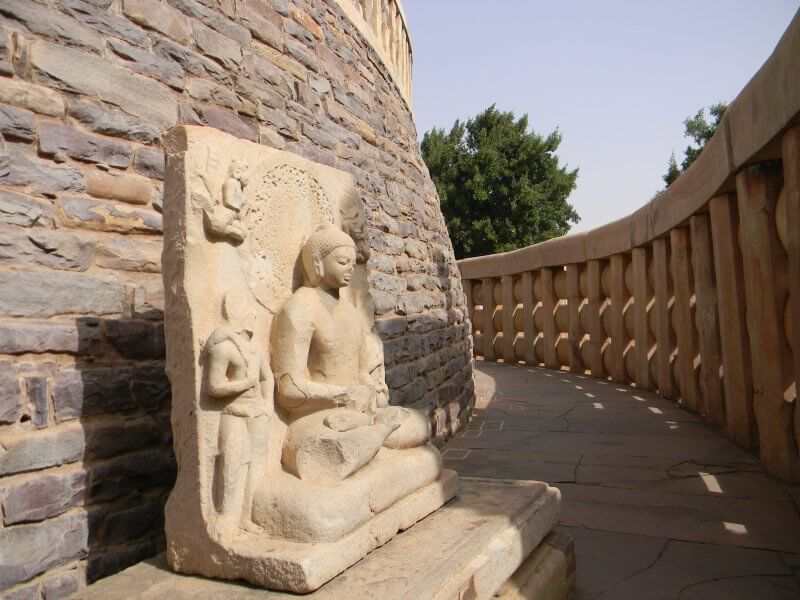
Initially, the Large Stupa was covered with white plaster, but over time there was no trace of it, however, as well as from the wooden monastery buildings that surrounded it in previous years. But the massive stone fence, installed on 4 cardinal directions, was perfectly preserved. The main decoration of this fence is the so-called torans, an impressive entrance gate designed for passing solemn processions and performing a sacred Buddhist rite.
It is no exaggeration to call this gate, complete with elaborate sculptural images, one of the most outstanding works of Indian architecture. They not only gained worldwide fame, but also became the same symbol of India as the lotus flower, the “Lion’s Capital” or the Taj Mahal Palace.
At first glance, there is nothing remarkable about these torans: a simple structure consisting of 3 pillars and the same number of horizontal crossbars. But if you get closer to the gate, you can see that its entire surface is covered with various relief drawings, creating a contrast with the laconic and absolutely smooth walls of the mound itself. The gate of the Great Stupa in Sanchi (India) is often compared to an almanac of historical, religious and everyday images. But the main thing is not even in this – as evidence of the great progress made by Indian architects in the first century BC, the reliefs of these structures also became the oldest work of art found on the territory of India.
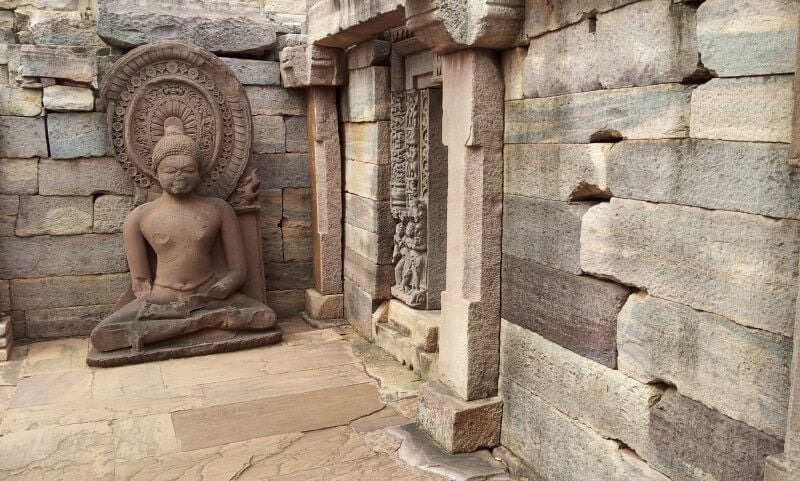
The main part of the drawings applied to the toranas is associated with the Great Buddha. True, you will not see any portraits of the teacher himself there. The fact is that in that period of art development, it was not drawn directly, but in the form of certain symbols – a lotus (birth), a bodhi tree (enlightenment), a wheel (Buddhist teaching), as well as footprints and a throne (presence). As the latter, just the same, and acts as a large mound.
Of the 4 gates, the best preserved is the northern one, which is crowned with a broken wheel of justice, supported by huge stone elephants and decorated with beautiful semi-divine seductresses. The most famous image of these toranas is the floating bodhi tree, which is associated with the Buddha’s descent into a state of true grace.
The architraves of the western gate, supported by ugly dwarfs, show 7 different reincarnations of the great teacher and a scene of the Buddha’s struggle with Mara, the Buddhist incarnation of evil forces. Sculptures of lions mounted with their backs to each other on the oldest – southern-gate form the national coat of arms of India, against which many visitors to the complex like to take selfies. Another feature of these toranas are the scenes of the birth and great departure of the Buddha, who renounced worldly life and went to seek enlightenment (a horse without a rider). As for the fourth gate – the western one-their main pride is the image of the wheel of learning, to which many pilgrims have come for many years.
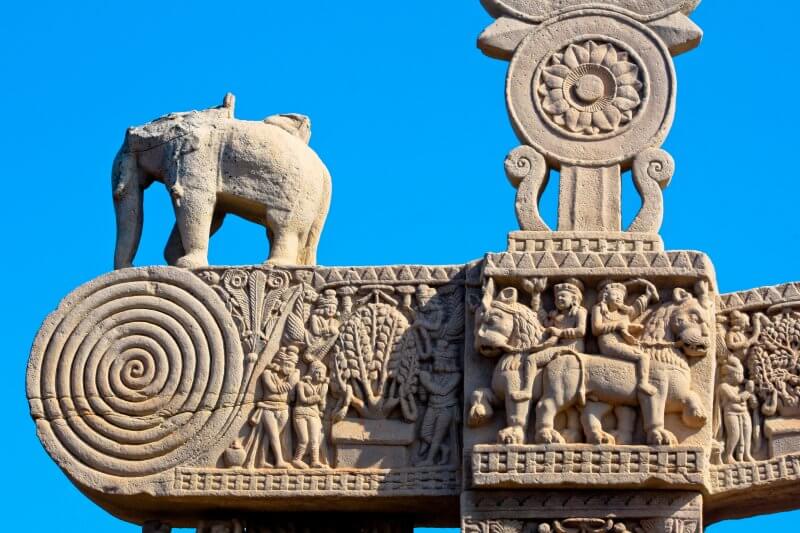
Practical information
Located at Sanchi, Bhopal, India, the Architectural Monument is open from 8am to 5pm. The cost of a visit is $ 3.5.
You can get to your destination either as part of a tour group or independently.
Method 1: By train
It is less than an hour’s drive from Bhopal to Sanchi. The ticket costs 20 cents. It is not necessary to book it in advance – just come to the ticket office 20-30 minutes before the train departs. There are 6 trains to the village (08:00, 10:20, 15:15, 16:10, 18:00 and 20: 55), only returns back 4 (08:00, 08:50, 16:30 and 19: 10).
On a note! Another commuter train departs from Mumbai. But express trains and high-speed trains run only to the town of Vidisha, located 10 km from the village. Then you need to change to a bus or rickshaw.
Method 2. By bus
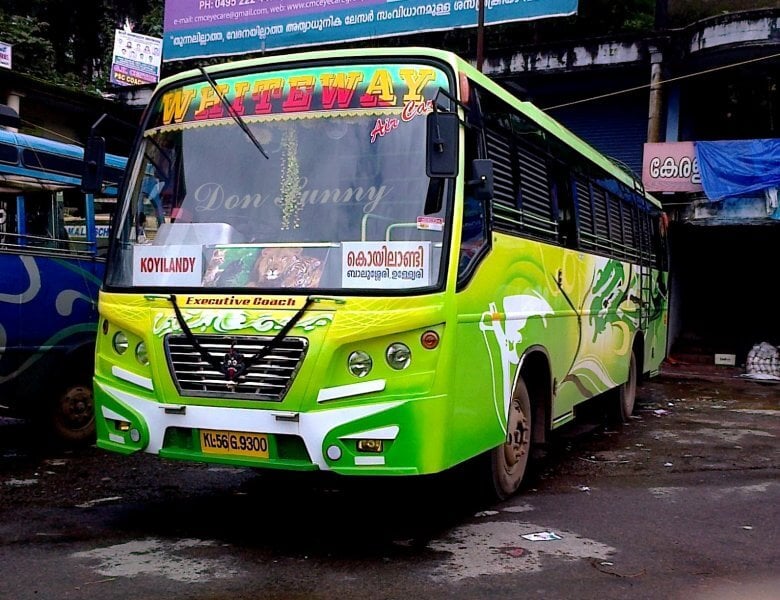
Buses between the village and Bhopal run from 6 am to 10 pm. The journey will take at least 1.5 hours. The ticket costs 40 cents.
On a note! There are also regular bus services to Vidisha. Travel time – 20 minutes, ticket costs 10 cents. The first departure is at 6 am, the last one is at 11 pm.
Useful tips

The Great Stupa in Sanchi is a popular tourist destination, but before you start exploring the main attraction of Madhya Pradesh, take note of some useful tips:
- The best time to visit the mound is from September to March, when the weather is comfortable and completely dry. If you are going to come to India in the summer (from April to June), get ready for 40-degree heat and constant rain that washes out the roads.
- In addition to the great Buddhist sanctuary in Sanchi, there are several interesting architectural monuments. To see all of them, buy a ticket for the day.
- Do you want to attract good luck? Locals believe that it is enough to walk around the Buddhist temples in a clockwise direction.
- Be sure to bring your passport with you, otherwise you will not be allowed to enter.
- There are no ATMs or currency exchange offices in the village, so it is better to stock up on cash in advance (the nearest ATM is located in Vidisha).
- Even in the winter season in India, it is quite hot – do not forget to bring water and a light headdress.
- If you urgently need access to the World Wide web, go to the market near the bus station – there are several Internet cafes offering services for 50 cents an hour.
- It is better to visit the Big Stupa with a guide, especially since many excursions are conducted in Russian.
- Near the mound there is a museum and several souvenir shops where you can buy handmade items.
- There are no cafes or restaurants on the territory of the complex – if you eat for a long time, grab a snack.

